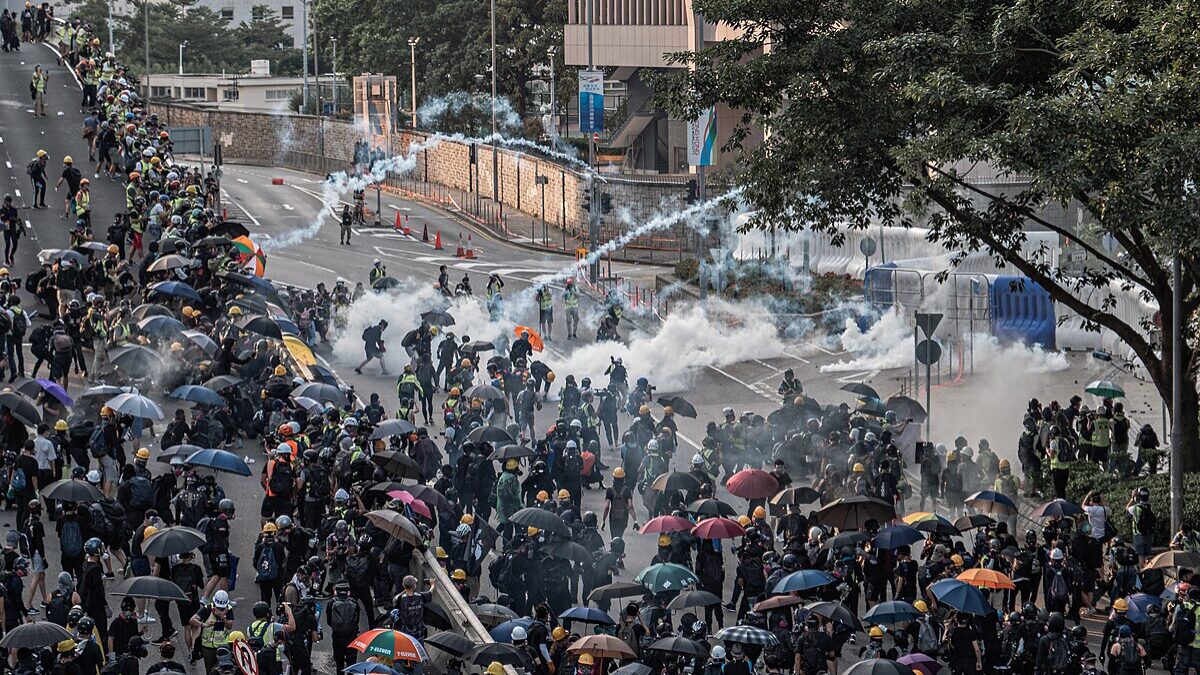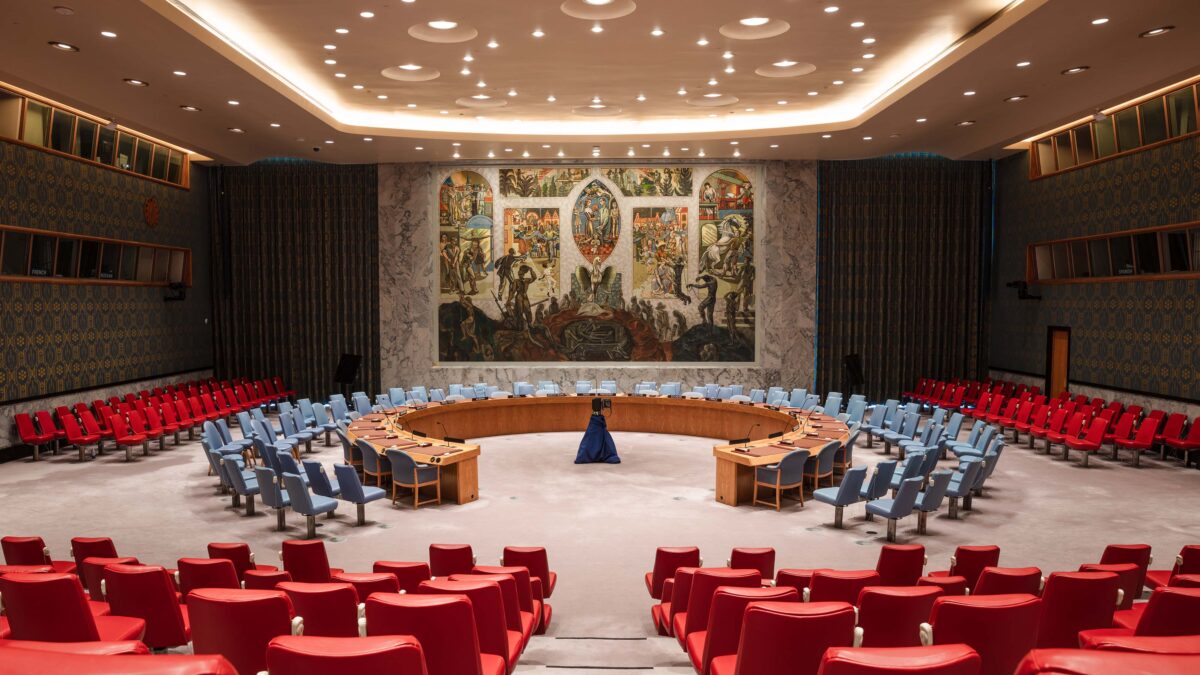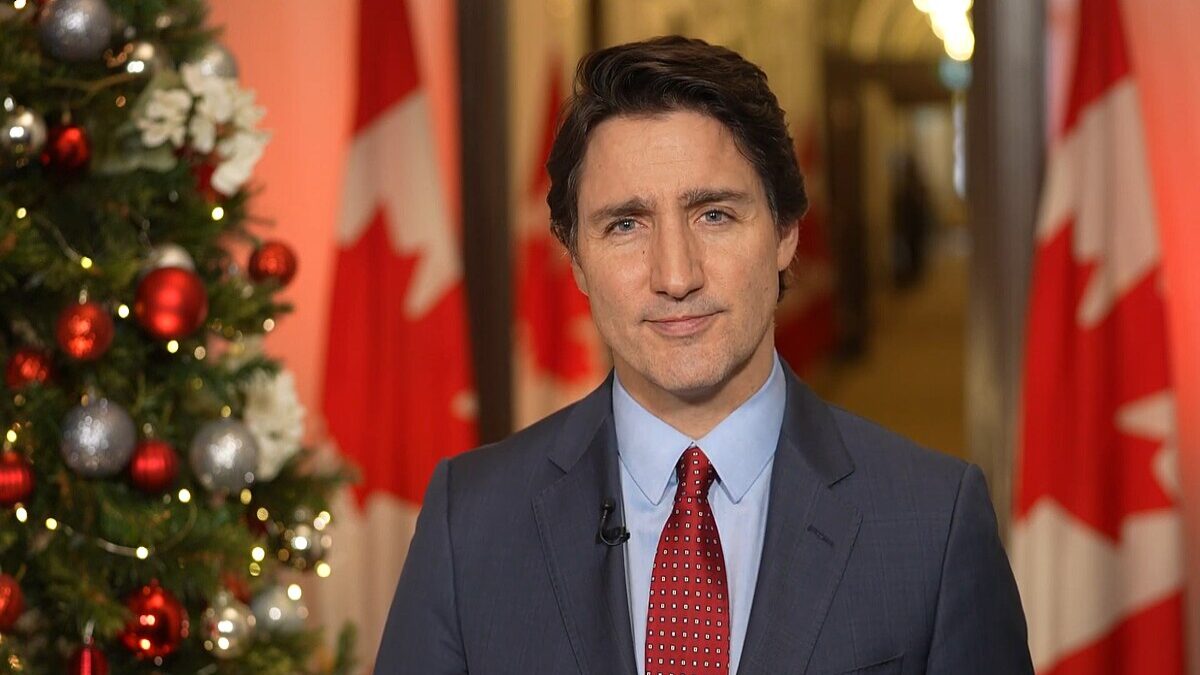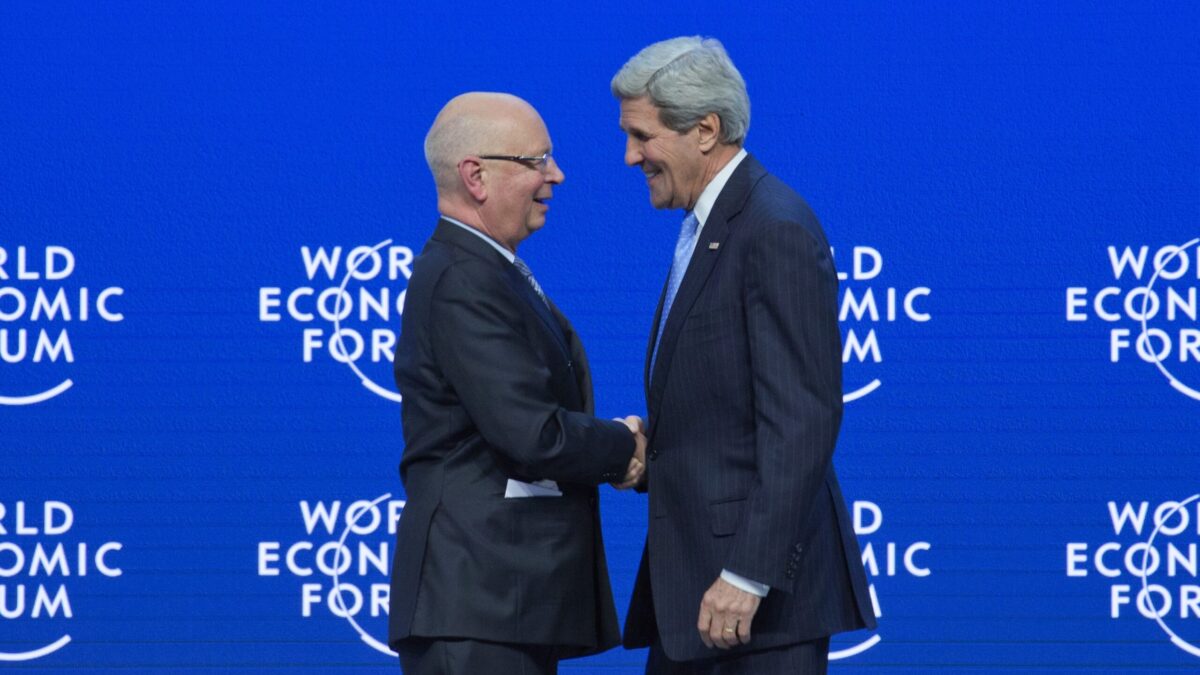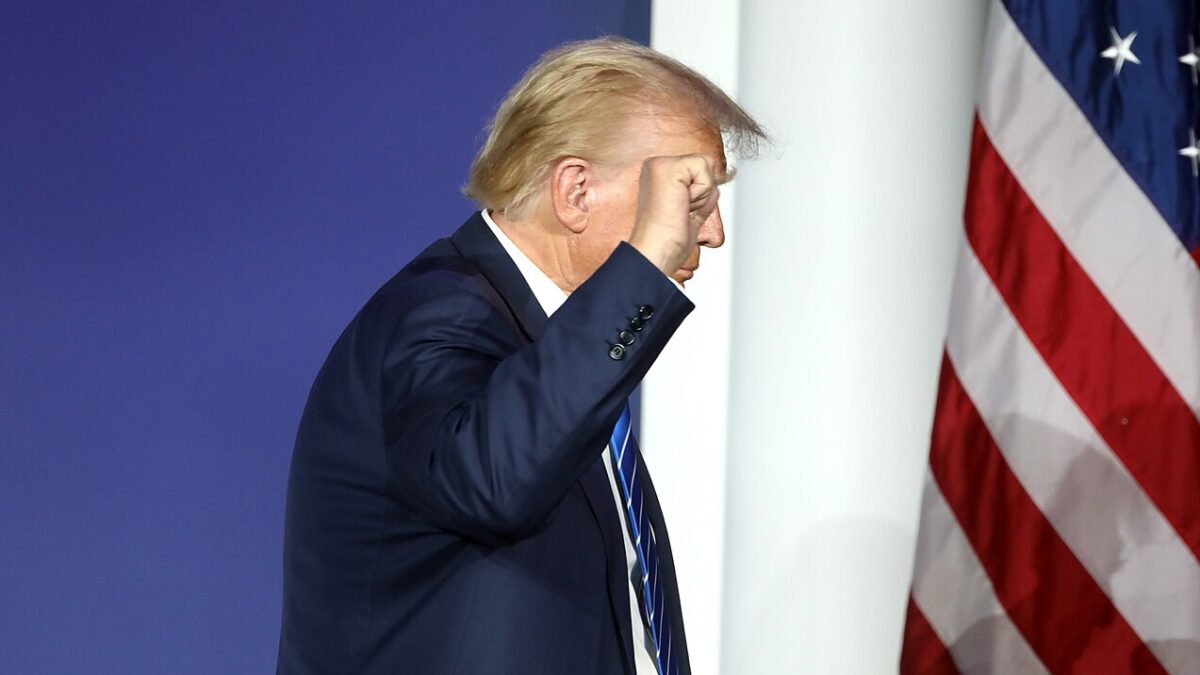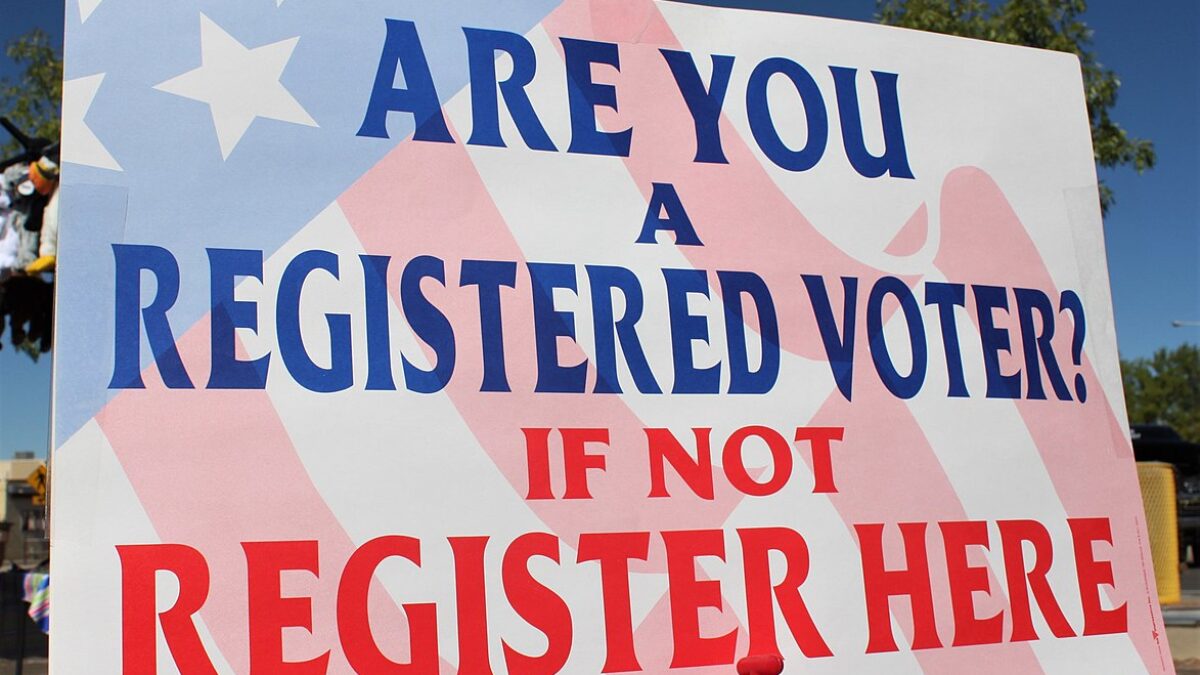
For the last few years, nearly every election in the western world has been momentous and game-changing. Ireland’s election last Saturday was no different. Although local issues were at stake, including pensions, housing prices, and child care, broader global trends also played a role. As in other countries, including the United States, widespread dissatisfaction with the two major parties and the centrist status quo left many Irish voters looking for other, more populist options.
Adding oxygen to that fire, Brexit showed the stark divide between the pro-European Union region of Northern Ireland and the anti-EU British government. Talk of a referendum, a nationalist majority in the North, and even a united Ireland fueled the imagination. That buoyed the chances of Sinn Fein, the left-wing, pro-unification party that runs candidates on both sides of the inter-Irish border. It all added up to Sinn Fein’s best showing in nearly a century, and by far the best since the modern party reentered practical politics in the republic in the 1970s.
Different parts of Sinn Fein’s platform are emphasized on different sides of the border. In the North, the one-time political wing of the Irish Republican Army is the stridently pro-republic party and gains support based on voters’ preference for reunification with the Republic of Ireland. In the rest of Ireland, all of the parties are pro-republic, of course, so Sinn Fein becomes the party of the populist left, calling for a radical break from the two-party duopoly and the creation of “an egalitarian republic and a reign of social justice for the Irish people.”
Sinn Fein positioned itself as the party for people who—like nearly two-thirds of Irish voters—felt the economic recovery since the last recession has passed them by. On Saturday, they came closer than ever to achieving that goal, electing 37 of 160 members of the new parliament, making Sinn Fein the second-largest party there.
Deeply Affecting Civil War Loyalties
Some history explains how dramatic the change is. The two biggest Irish political parties, Fine Gael and Fianna Fáil, are defined not by ideology, but by civil war loyalties. After Ireland’s War of Independence, the victorious rebels divided over whether to accept a peace treaty with Britain that granted 26 counties independence while preserving British colonial rule in six. The pro- and anti-treaty forces fought a brief civil war from 1922 to 1923, with the pro-treaty side emerging as the winners. The result was the divided Ireland that we know today.
That divide also persisted in post-war politics. The republican pro-treaty wing became the Cumann na nGaedheal party, led by W. T. Cosgrave, while the anti-treaty faction, led by Éamon de Valera, were simply called the Republicans. The Republicans became Fianna Fáil soon thereafter and Cumann na nGaedheal merged with a few smaller parties to become Fine Gael. Although they had lost the war, Fianna Fáil enjoyed much longer stretches in charge of Ireland’s government afterwards, and shaped the nation that emerged from British occupation.
If basing your votes on civil war loyalties instead of ideology seems odd to Americans, it shouldn’t: this was largely how we voted from 1865 until the 1930s. In the South, the trend lasted even longer. Throughout that period, both American major parties had liberal and conservative wings that overlapped ideologically. When people speak of a bygone era of bipartisanship in America, what they really mean is that we had parties based not on ideas, but on what some ancestor thought about Abe Lincoln and Ulysses Grant.
Voting based on civil war loyalties faded as the memory of the conflict passed into history, and a similar process is now happening in Ireland. In America, the process meant that one party began to attract conservatives and the other began to attract liberals until they were what they are now: fully ideological. In Ireland, a different set of facts means that the two centrist parties find themselves subject not to internal challenges but to threats from other emerging parties.
How the Irish Vote
Part of the difference is attributable to the Irish electoral system: multi-member districts elected with the single transferable vote. The first part of that is the easiest to explain: Ireland has 39 electoral districts, and each district elects three, four, or five members to the lower house of the Irish Parliament (known as the Dáil Éireann). As in the UK, the lower house is the part where all the action happens.
The single transferable vote is a variety of ranked-choice voting that has been in use in Ireland since independence. It means that each voter ranks the choices on his ballot by number, rather than voting for just one. How the votes are counted gets complicated, but the voting itself is simple enough: just ranking the candidates in order of one’s preference.
How does all of this affect Ireland’s party system? For years, it encouraged centrist parties to dominate. Instead of dividing between extremes, the ranked preference system favored candidates who were broadly acceptable to a lot of people. Having multiple members elected from each seat usually meant that both of the major parties had members elected from every part of the country.
Recently, though, we have also seen that the system can also give great strength to third parties, if the people are so inclined. In the first-past-the-post system of elections in America and Britain, voters are reluctant to favor a minor party candidate with their vote, seeing it as a waste.
In ranked choice voting, that first-preference vote might not elect an obscure candidate, but it isn’t wasted—the candidates further down the list benefit from it after the first-preference candidate is eliminated. This makes it worth voting for minor-party candidates and keeps their parties alive. It also allows for locally popular independents to be elected more easily.
What This Political Shift Means
The shift from two centrist parties to a multi-party system has been a long time coming. The last time one party had a majority of seats was 1981. Since 1989, every governing party has needed the support of at least one other party and often the support of independent members. The 2016 election produced a government even more precarious than most: Fine Gael had just over a quarter of seats, but managed to elected a prime minister with the help of independents (who held 11 percent of the seats) and the promise of Fianna Fáil not to vote against them on important questions (but not to vote for them, either).
This is no sound basis for a government, yet it held for four years. This period also coincided with the rise of Sinn Fein in the republic. Sinn Fein members famously refuse to take the seats to which they are elected in the UK Parliament, and they did the same in the republic after the civil war until the 1970s, when the party split on the issue. They elected a single member in 1981, and grew from there in fits and starts.
The populist waves sweeping the west pushed Sinn Fein from a left-wing protest party to a serious contender for power. They took 9.9 percent of the seats in 2011, 13.8 percent in 2016, and now look to hold 23 percent in the new Dáil, making them the second-largest party in that body.
At some level, that is not too disruptive. All three major parties—and we must include Sinn Fein among the republic’s major parties now—supported the recent pro-abortion constitutional referendum, for example. But the new faces in the Dáil still bring a drain-the-swamp populism that marks a significant shift in government.
With the three biggest parties nearly tied (Fianna Fáil has 38, Sinn Fein 37, and Fine Gael 36) making a majority of 80 members will not be a simple task. Sinn Fein may not even be a part of that eventual coalition. But they have made themselves and their left-wing populism impossible to ignore.
None of this is particularly heartening for Irish conservatives, but there is some small hope. The new Dáil will include Peadar Tóibín, the only member elected from Aontú, a new party. Tóibín is a former Sinn Feiner who split from the party in 2018 over its support for abortion. Like Sinn Feiin, Aontú is deeply committed to a united Ireland, but they have not forsaken the traditional values of the Irish people, nor do they instinctively trust the European Union as much as the major parties do.
With one seat and 2 percent of the vote, Aontú is small, but those were also the figures Sinn Fein obtained in the 1997 election. Now that the two-party consensus is shattered, there may be room to grow on the right, as well as the left.


